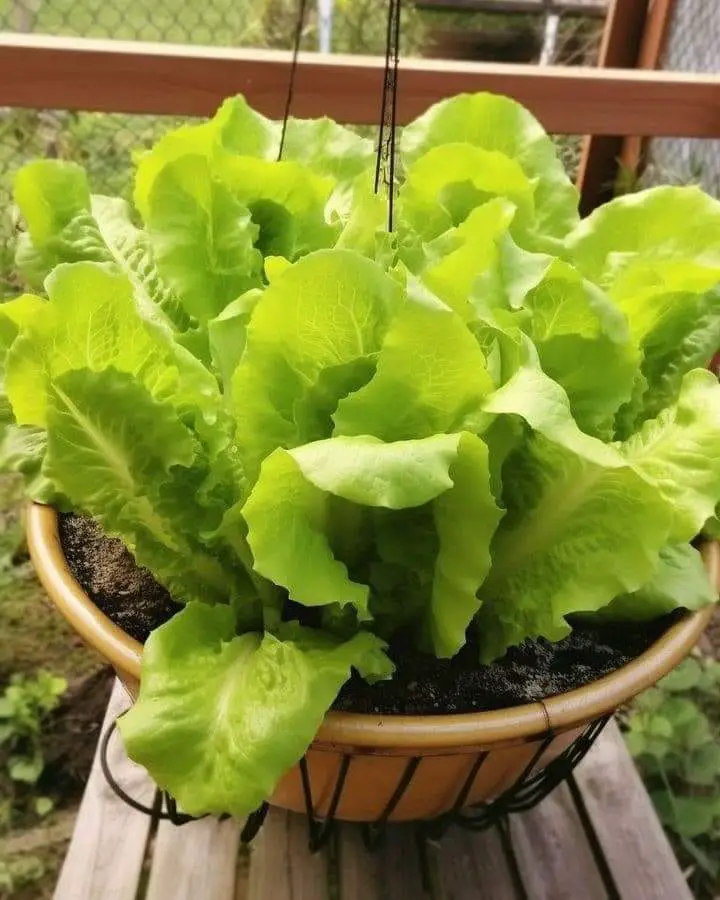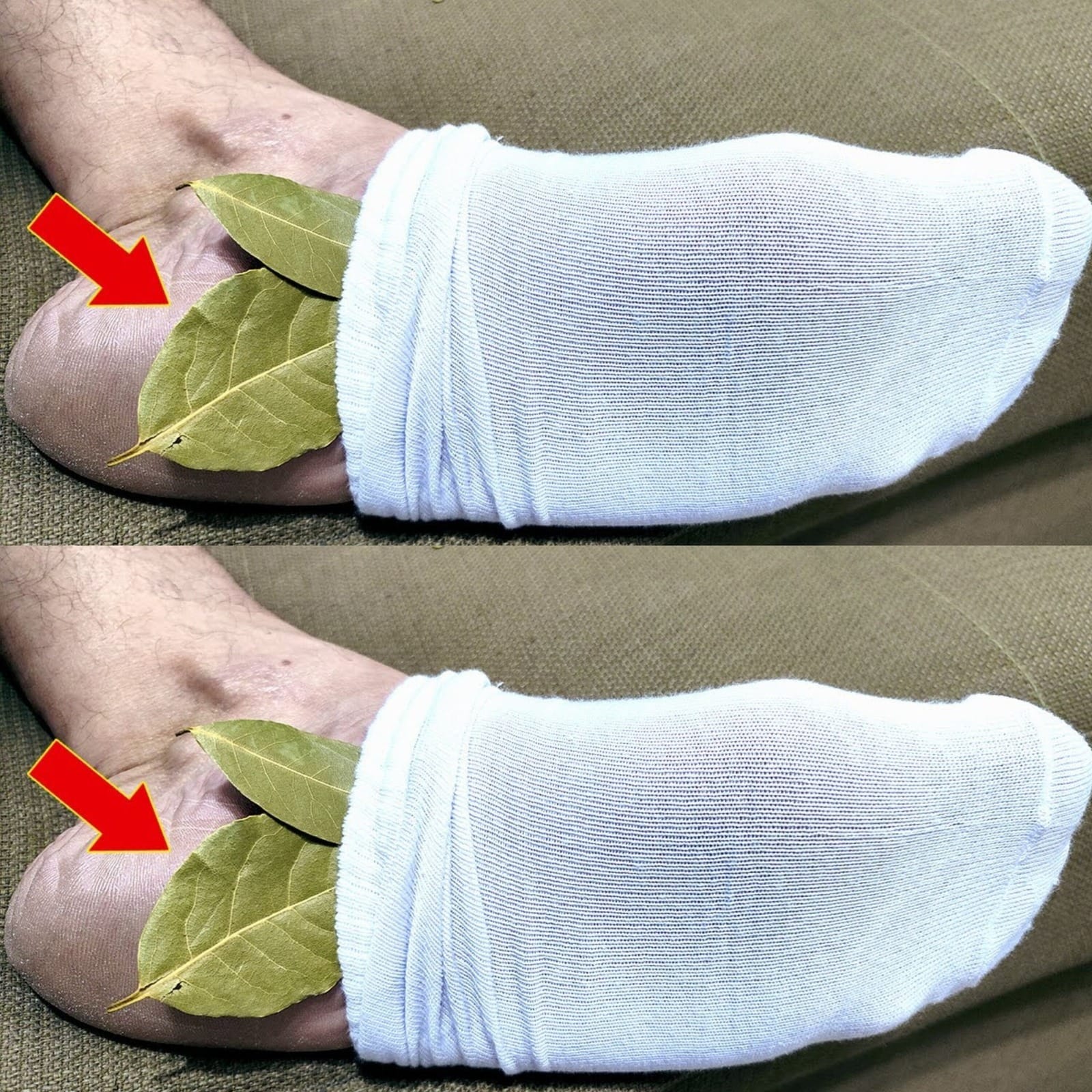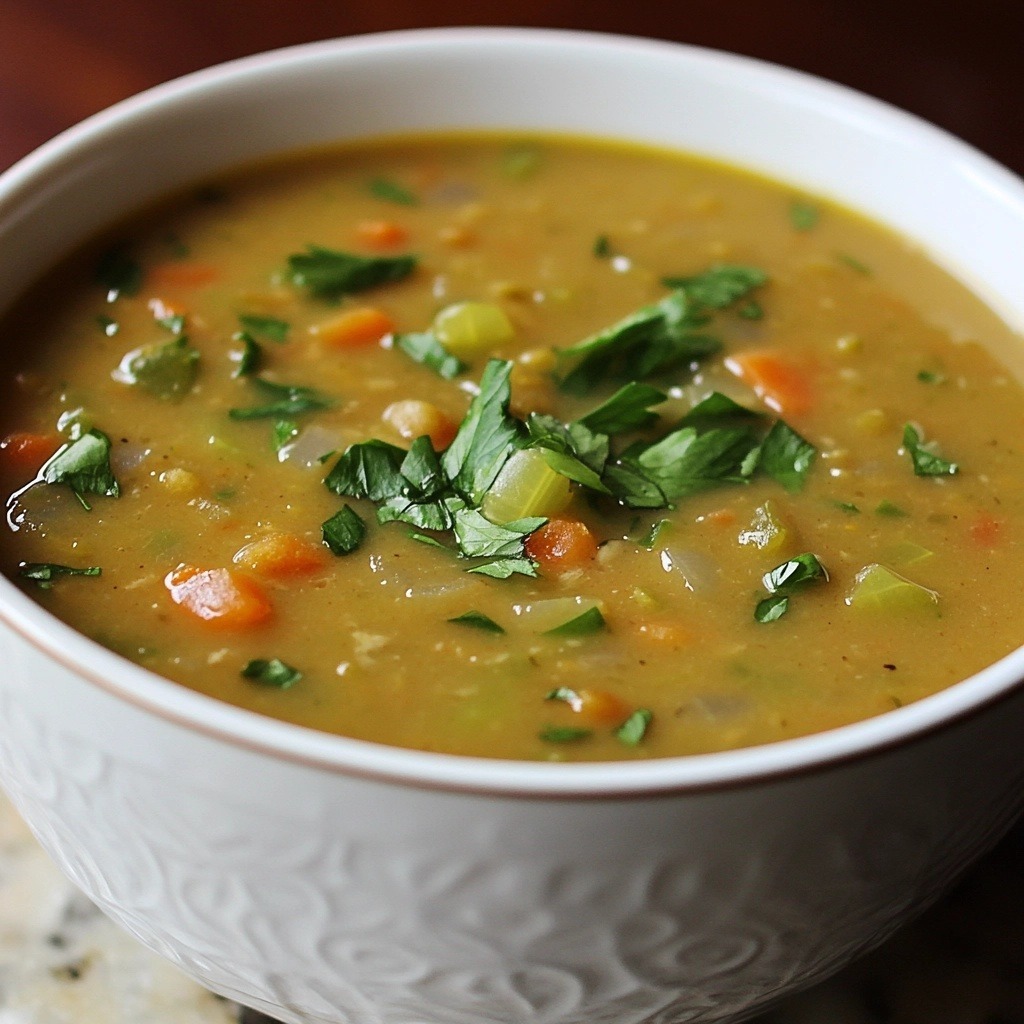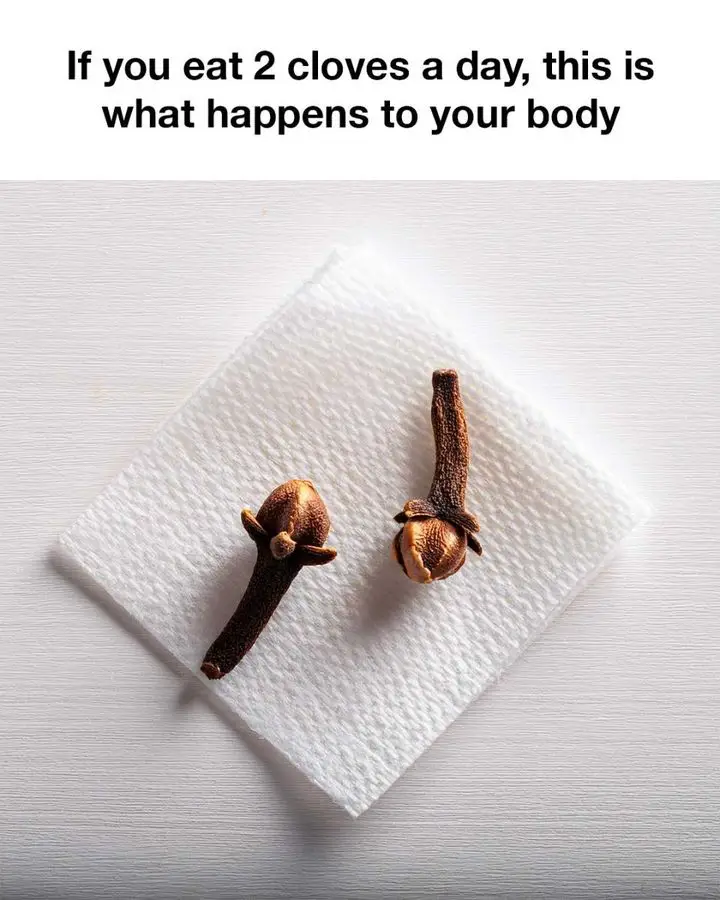You want to enjoy the crisp flavor of lettuce that you have grown at home, but you don’t have enough room in your garden. This is the solution: planting in containers! It is possible to cultivate lettuce in containers, which offers a practical and gratifying experience, even in confined spaces. In order to ensure that you have an abundant harvest of fresh, brilliant greens, our guide will personally lead you through each stage.
The First Step: Choosing the Container
To prevent waterlogging, choose a container that is at least 6-8 inches deep and 12-18 inches broad, and makes use of plastic, clay, or wood. Additionally, ensure that the container has drainage holes.
Step 2: Make a Variety of Lettuce
Depending on your tastes and the size of the container, choose lettuce varieties such as romaine or loose-leaf lettuce. Certain cultivars, such as “Salad Bowl” or “Lollo Rossa,” are ideal for containers because of their compact size.
The third step is to prepare the soil.
In order to create a potting mix that is both well-drained and fertile, you should combine equal parts compost, peat moss, and either perlite or vermiculite. After filling the container, be sure to leave a gap of one inch below the rim.
Fourth Step: Planting
Plant seeds in a uniform layer on the surface of the soil, then lightly cover them with dirt and water them gently. You might also make use of transplants obtained from a nursery.
Step 5: The Perfect Circumstances
With temperatures ranging from 45 degrees Fahrenheit to 75 degrees Fahrenheit (7 degrees Celsius to 24 degrees Celsius), position the container in such a way that it receives four to six hours of partial sunshine each day.
6. Watering the Plants
Maintain an equal moisture level in the soil to prevent waterlogging. It is important to water the soil around the plants in order to avoid fungal infections and to mulch with straw or compost in order to retain moisture.
7. Fertilization of the Plant
To minimize bitterness, feed lettuce with organic fertilizer every three to four weeks or use slow-release fertilizer. However, be sure not to use too much fertilizer.
Eighth Step: Controlling Insects and Diseases
Monitoring for pests like as aphids on a regular basis and using organic measures to eliminate them is essential. In order to avoid illnesses, it is important to rotate crops and ensure that there is enough ventilation.
Harvesting is the ninth step.
After four to six weeks, begin picking the outer leaves, but let the interior leaves to continue to develop. The leaves should be cut with scissors or a knife slightly above the soil, and the harvesting process should continue until the plant bolts or becomes bitter.
Refer to the article “Add salt to orange peels and stop wasting money: they are worth their weight in gold in the home” for more information.
Frequently Asked Questions (FAQs)
Am I able to cultivate lettuce inside?
Yes, lettuce can be grown indoors as long as it is exposed to a enough amount of sunshine or artificial light and the temperature stays within the appropriate range of 45 degrees Fahrenheit to 75 degrees Fahrenheit (7 degrees Celsius to 24 degrees Celsius).
If I have lettuce in a container, how frequently should I water it?
When the top inch of soil feels dry, water it. Your goal should be to maintain an even moisture level in the soil. It is important to avoid overwatering in order to prevent root rot and underwatering, both of which may cause plants to wilt.
Can you tell me about the most prevalent illnesses and pests that impact lettuce?
In addition to illnesses such as powdery mildew and damping-off, common pests include aphids, slugs, and snails. It is also possible for infections to arise. It is possible to avoid these problems by performing routine inspections and maintenance as directed.
Is it possible to use the potting mix for lettuce again?
It is normally advised that the potting mix be refreshed for each new planting. This is done to guarantee that there is sufficient availability of nutrients and to avoid the accumulation of different diseases and pests.
In what amount of time does lettuce reach its full maturity?
The time it takes for lettuce to be ready for harvest may range anywhere from four to six weeks following planting, depending on the type and specific growth circumstances. Generally speaking, loose-leaf lettuce cultivars develop more quickly than head lettuce kinds.
Can I grow lettuce in containers throughout the whole year?
Especially when grown indoors or in locations that are moderate, lettuce may be cultivated in containers throughout the whole year if it is given the appropriate care and attention to the temperature and sunshine needs. On the other hand, growth may be hindered by extremes in temperature.
The bolting of lettuce is something I want to avoid.
The provision of regular hydration, the provision of shade during hot weather, and the timely harvesting of lettuce in order to stimulate ongoing leaf production are all effective methods for preventing bolting, which is the premature formation of flowers and heads of lettuce.
Is it essential to apply fertilizer to lettuce that is produced in containers?
Although lettuce does not need a significant amount of fertilization, it is possible to support healthy growth and leaf development by adding a balanced organic fertilizer every few weeks or by using a slow-release fertilizer. This is particularly beneficial in potting mixes that are deficient in certain nutrients.




